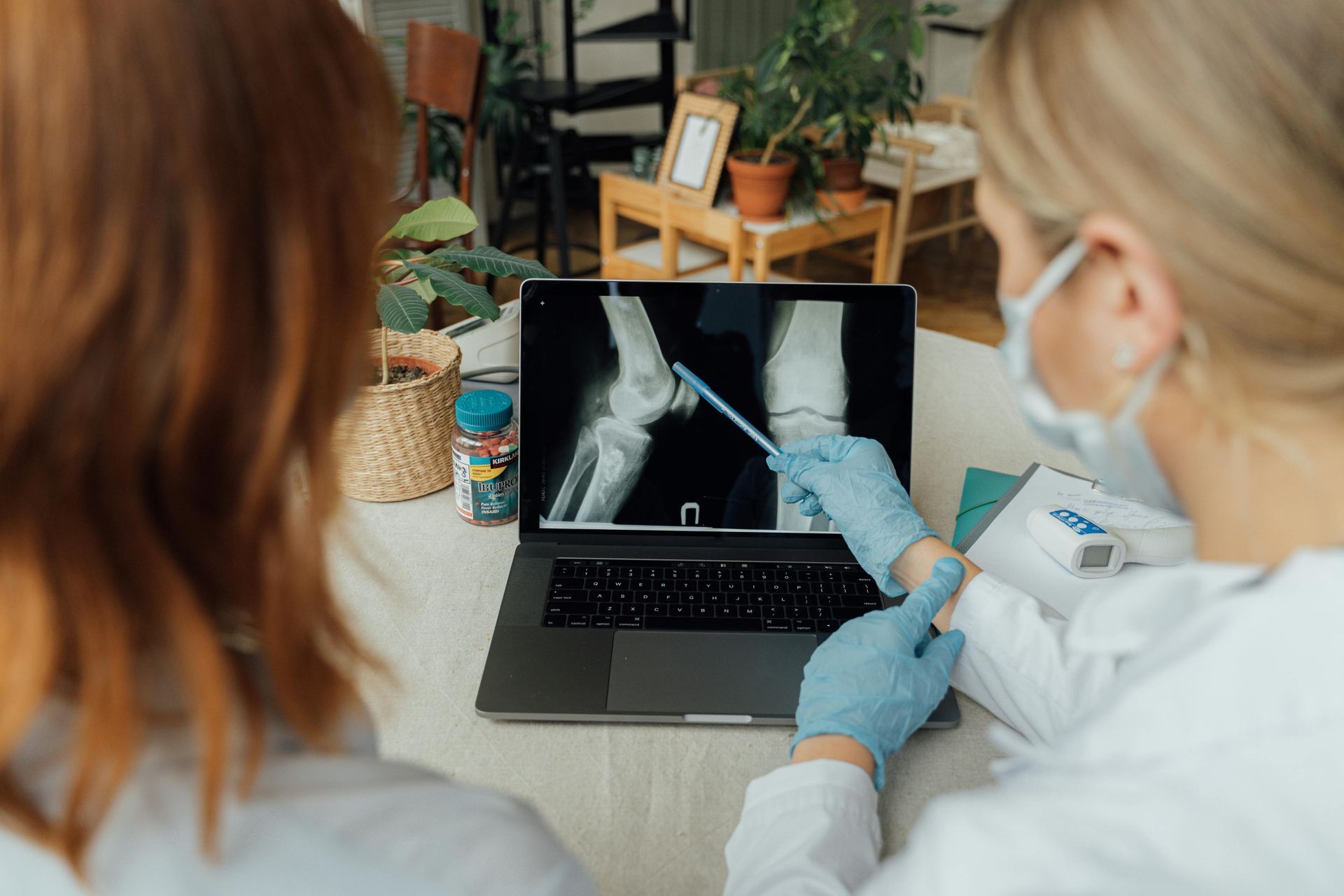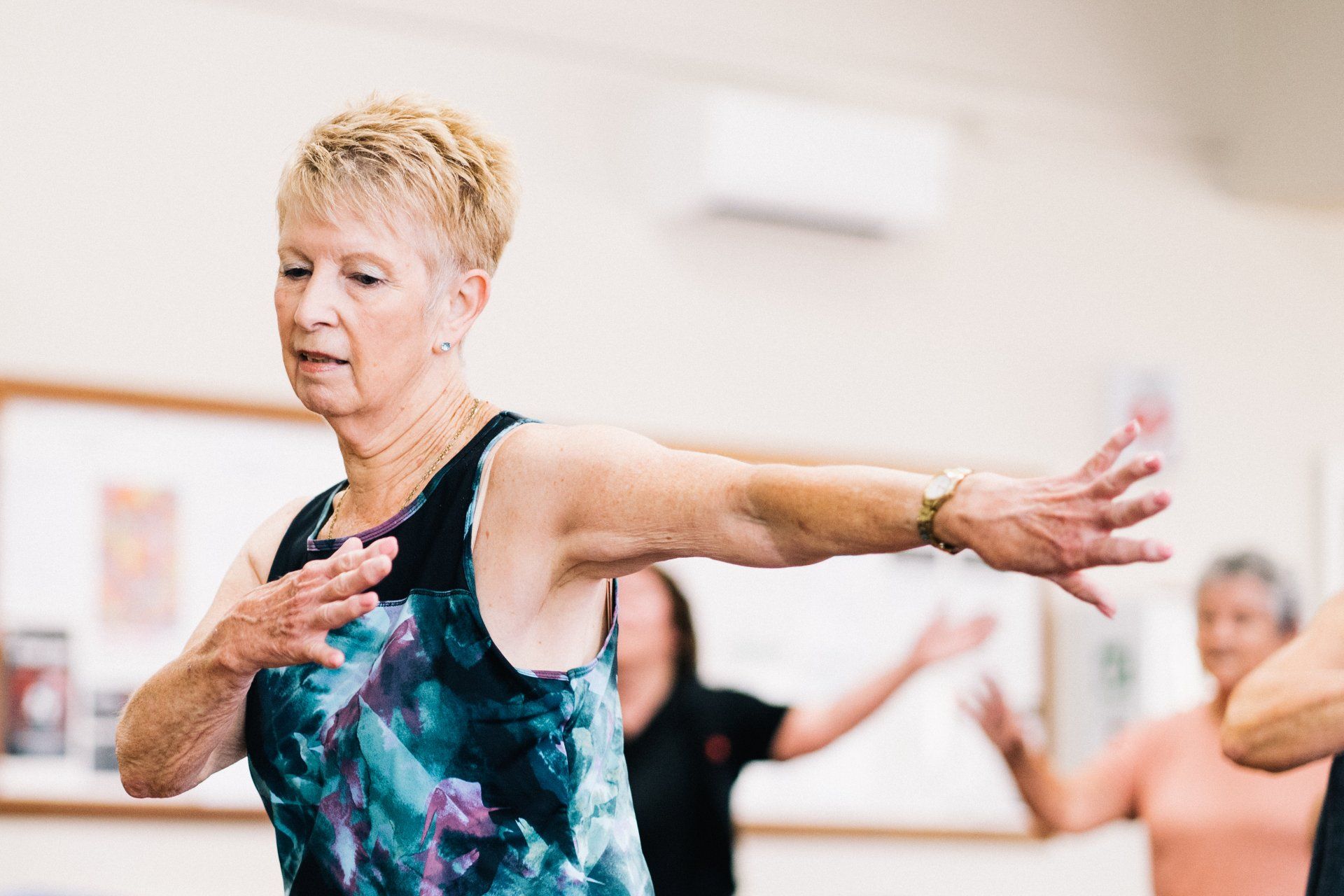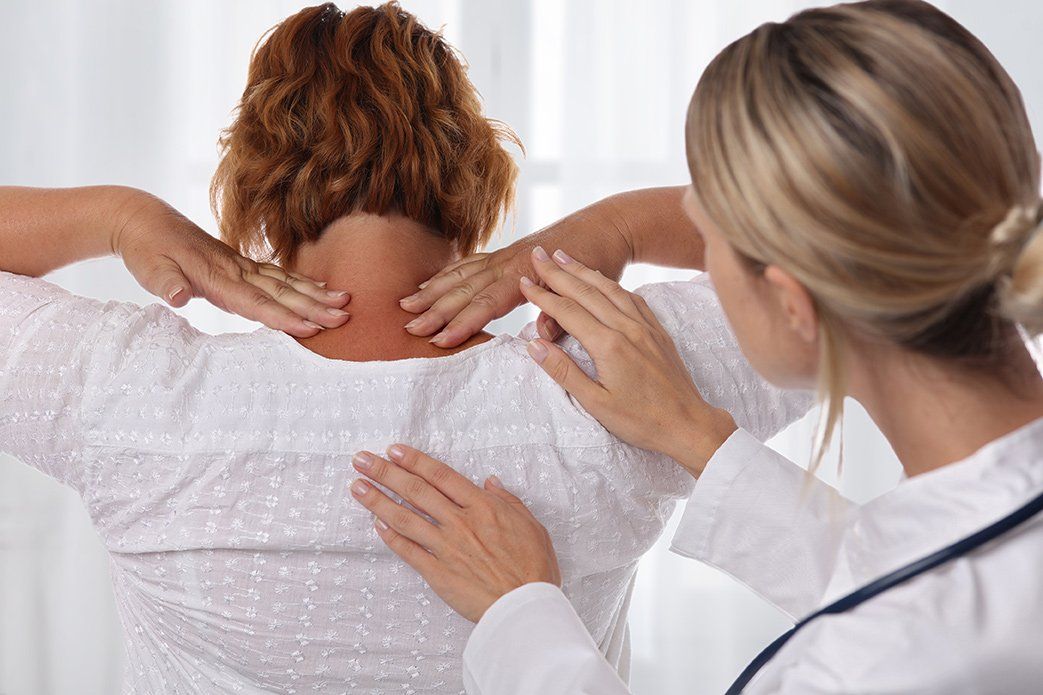Part 4: Risk and Odds…C’mon, what are the odds something bad will happen???
Authors:
Kimberly Zambito, MD, Orthopaedic Surgeon and Owner of Qualis Os
www.qualisos.com
Nick Birch FRCS (Orth), Consultant Spine and Bone Health Specialist and owner of OsteoscanUK
www.osteoscanuk.com
Do you remember the scene: Alec Guiness as Obi One Kenobi in the bar on Tatooine telling the inquisitive Imperial war troopers that “there is nothing to see here. Move on.” He was using a Jedi Mind trick. Have you ever wondered about the use of similar Jedi mind tricks in medical research? Seriously, statistics can seem like Jedi mind tricks depending on how numbers are presented or manipulated. Many of our clients and blog readers have requested information about understanding “risk” as it pertains to results in research studies. In keeping with the Star Wars theme, the Force is Strong with our readers. Thank you for the inspiration.
Risk and Odds
“Risk” is the likelihood of something “bad” happening or a loss resulting from a particular action, decision, event, or situation. It involves uncertainty about the future and can apply to various areas such as finance, safety, business, and for readers of this blog, bone health.
There are three key aspects to risk:
Likelihood (Probability): How likely it is that an event will occur?
Impact (Consequence): How severe is the outcome likely to be if it did occur?
Exposure: What is the extent to which someone or something is vulnerable to that risk?
An everyday example of each is:
In finance, how likely am I to lose money if I invest in a risky venture?
What will the impact be on my family and me if I lose all my savings and get into a lot of debt?
Am I particularly exposed to the risk of financial ruin because I don’t know enough about stock markets or have been misinformed about a particular investment?
The term “odds” is often used instead of “risk” e.g. “Doctor, what are the odds that I will break my hip if I trip and fall?” However, “Odds” refer to the probability of an event occurring versus the probability of an event not occurring. It is not the same as risk. A bone health example would be:
Odds = Hip fracture occurs versus Hip fracture does not occur
Using the same scenario, an example of risk might be:
Risk = Chance of hip fracture versus All possible outcomes (no fracture, fracture anywhere, death)
Let’s look at a hypothetical example of a randomized controlled trial of hip fractures during adventure trips in the Grand Canyon, specifically, hip fractures sustained while tightrope walking across the Grand Canyon versus bungee jumping from a hot air balloon in the Grand Canyon.

The overall risk of hip fracture while on any adventure in the Grand Canyon is the number of hip fractures divided by all outcomes (all hip fractures and no hip fractures). For this instance, risk = 45/200 which is 22.5%.
The overall odds of a hip fracture while on any adventure in the Grand Canyon is the number of hip fractures/number of no hip fracture. For this instance, the odds = 45/155, which is 29%. The odds of breaking a hip are greater than the risk of breaking a hip during these activities. So which measure is “correct”?
The risk of hip fracture in the Tightrope Walking group is 15/100, is 0.15 or 15%.
The odds of hip fracture in the Tightrope Walking group are 15/85 is 0.18, or 18%.
Try applying this to the Hot Air Balloon Bungee Jumping group. What is the risk of hip fracture in this group? What are the odds of hip fracture in this group?
Risk = 30/100 = 0.30, or 30%. Risk equals number of hip fractures/all outcomes while hot air bungee jumping (or number of hip fractures + no hip fractures).
Odds = 30/70 = 0.43, or 43%. Odds equal number of hip fractures/no hip fractures while hot air bungee jumping.
Let’s consider comparison of risk and odds. Relative Risk, or risk ratio, is the ratio of risk of an event in one group versus the risk of an event in another group. In this instance, risk of a hip fracture in the tightrope group versus the risk of hip fracture in the hot air bungee jumping group.
Relative Risk (Risk Ratio - RR) = 0.15/0.30 =0.50
Odds Ratio (OR) = 0.18/0.43 = 0.41
A ratio (RR or OR) of 1.0 indicates there is no difference in sustaining a hip fracture between the two groups. A ratio of more than 1.0 indicates an increased risk among one group compared to the other. A ratio of <1.0 indicates a decreased risk in one group versus the other.
In the example above, the risk ratio is below 1.0 meaning there is less risk of sustaining a hip fracture in the tightrope walking group than the hot air bungee jumping group. The odds ratio of sustaining a hip fracture while walking a tightrope versus bungee jumping is also less than 1.0, so the odds of sustaining a hip fracture while tightrope walking versus bungee jumping are also less. So, if we want consider the Grand Canyon adventure activities on offer above, taking into consideration risk or odds of sustaining a hip fracture, then we may be better off tightrope walking over the Grand Canyon instead of hot air bungee jumping.
Having discussed relative risk as a ratio in comparison to the odds ratio, we now need to turn to the very heart of this matter: What are Absolute and Relative Risks and how are they important in judging whether treatment is effective?
Part 5 coming up…Feel the Force! (Remember…Stars Wars theme we are doing.)









